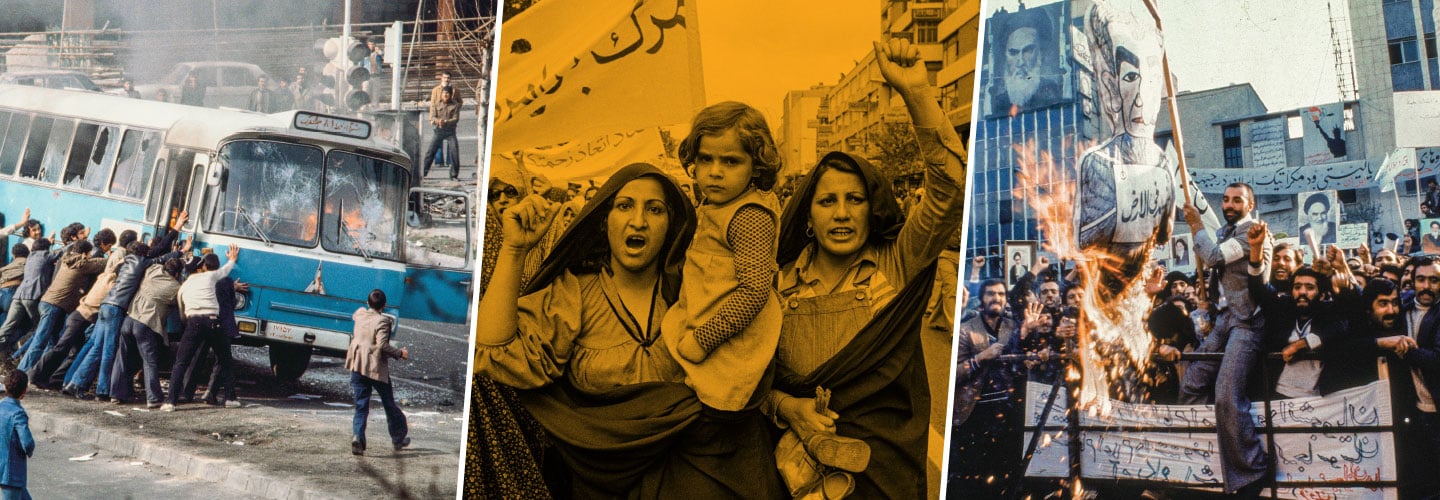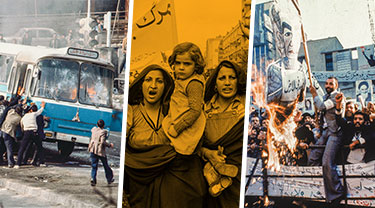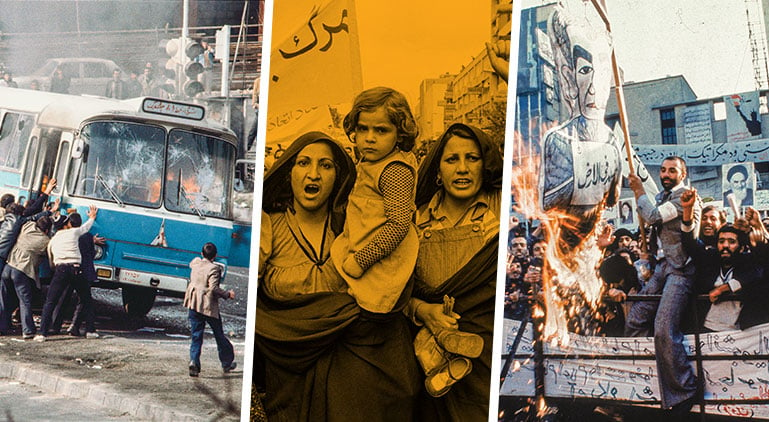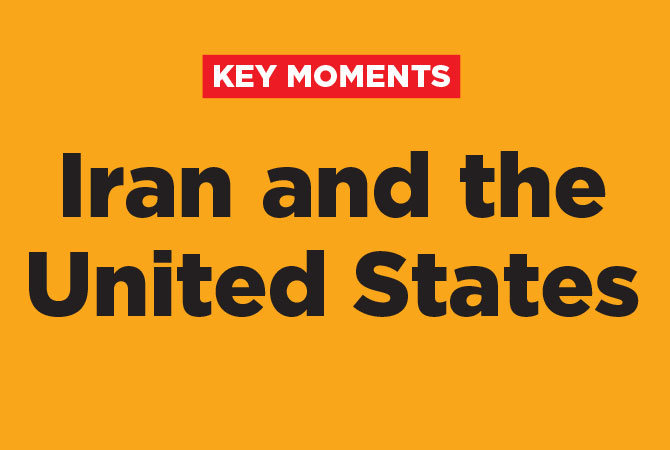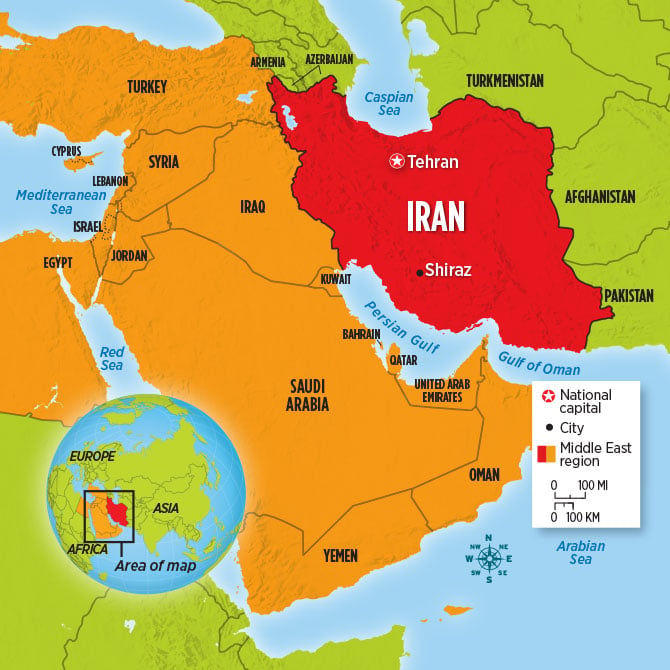
Courtesy of Uttara Krishnan
Uttara Krishnan
Few political upheavals in faraway lands have seized American hearts and minds the way Iran’s revolution of 1979 did. It started with Iranians taking to the streets by the thousands, demanding an end to the
Suddenly, the problems of a country that few in the U.S. had noticed before became dramatically real. For 444 days, as dozens of hostages remained in captivity, Americans were glued to TV news reports, following events in Iran. But what was the revolution like for Iranians?
Sylvie Kadivar, then age 11, saw her once-peaceful life in the city of Shiraz turned upside down (see map, below). Even after the shah was ousted, Iranians remained divided over the future of their government. The conflict pitted those who wanted a democratic system against supporters of
In this interview conducted by seventh-grader Uttara Krishnan, Kadivar looks back on how the turmoil of Iran’s revolution changed her life forever.

